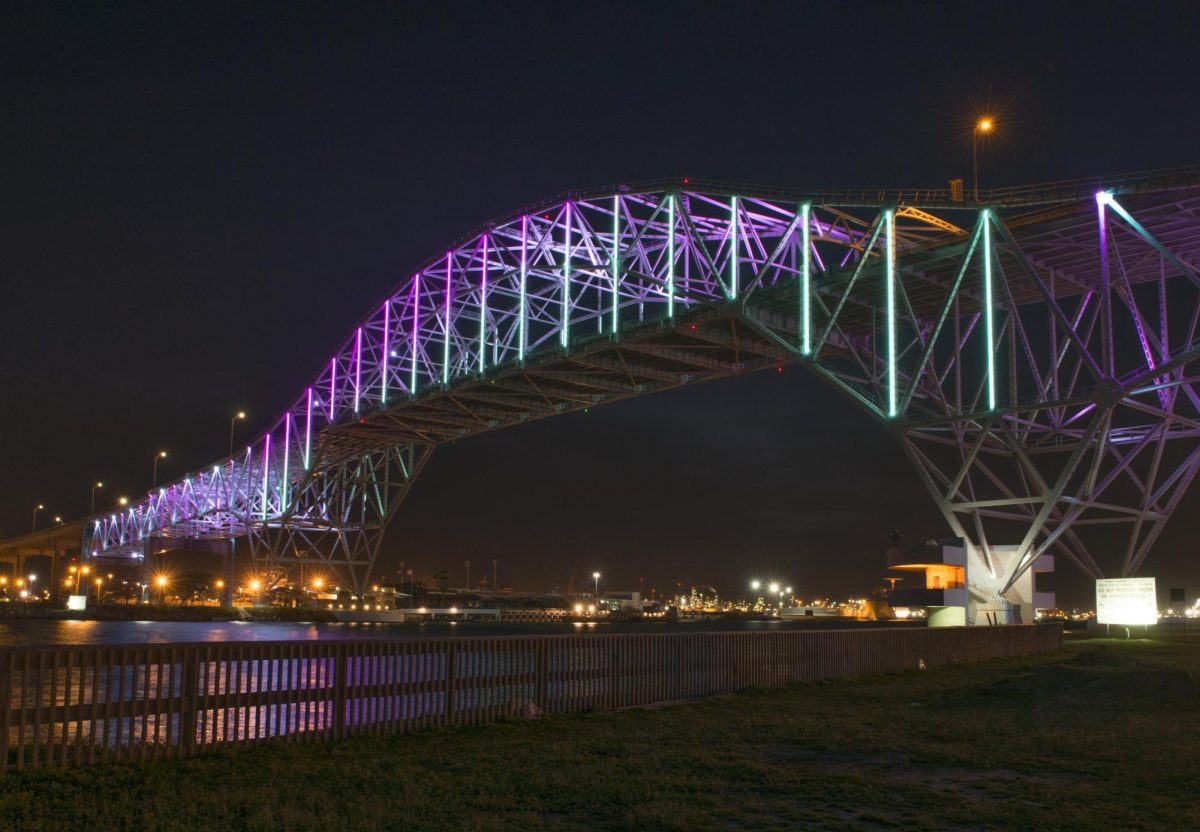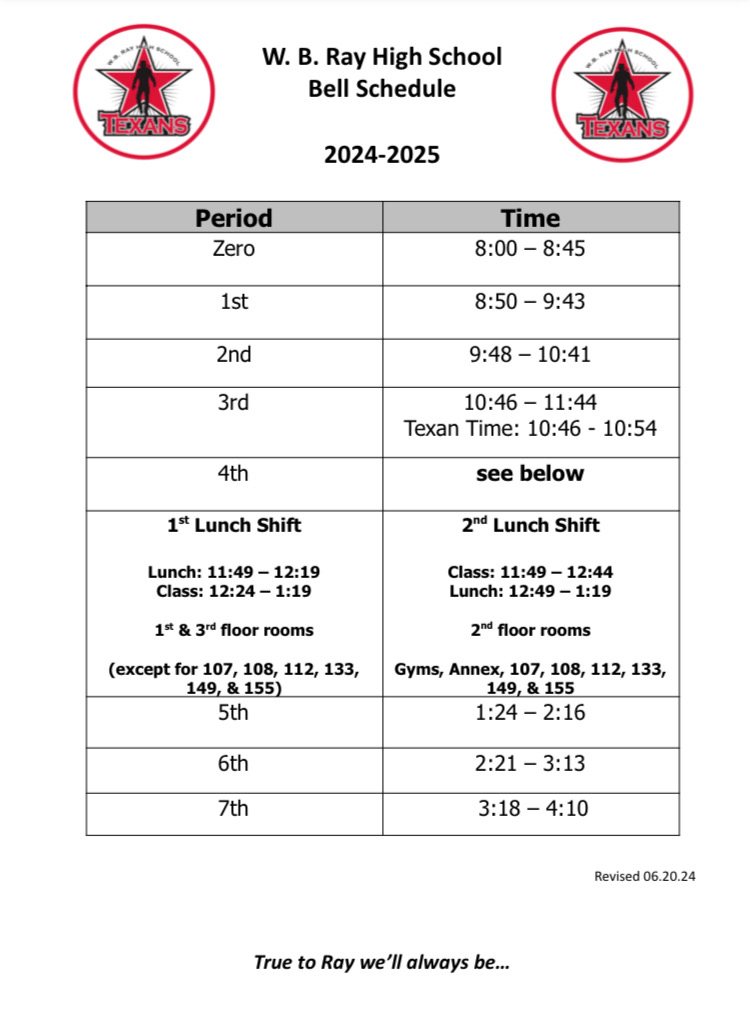The main topics of astronomy today revolve around dark matter, the origin of the universe, and the potential for life on other planets. It is first important to know how we (as in our solar system) came to be. If you look closely enough, there is a pattern to our solar system. First, the sun. Then, four small and rocky planets. Surrounding those, an asteroid belt, followed by four large planets with thick atmospheres. Finally, the Oort Cloud (which is just chunks of ice).
We (the solar system) started out as a large dust cloud. Everything was perfectly balanced, each molecule distributed perfectly. However, the cloud got disturbed by something, (likely a nearby supernova or a passing body) and parts of the cloud clumped together. As these sections clumped, they gained more mass in one area, meaning more gravity, meaning even more mass got pulled in.
Before these molecules started clumping together, they had some angular momentum (meaning they were spinning a bit). Once they start clumping together, they all collectively start to spin faster. Think of it like a ballerina spinning with her arms out. When she pulls her arms in, she spins even faster. This increased spinning flattens that cloud into a disk.
As the center (where the clump was) gains more mass, it gets very dense and very hot, becoming a protostar, or a baby star. Further away from the center, more sections are starting to form smaller clumps as they spin around the center. These smaller clumps are called planetesimals, or baby planets.
Finally, the center becomes hot enough to fuse hydrogen into helium, and the star is born (not the movie). This creates a lot of energy, blasting out light, heat, and molecules in all directions and pushing away any material that didn’t become part of the sun or the planetesimals.
Because the first four planetesimals were so small and warm, they couldn’t hold onto the hydrogen and helium that the sun blasted out. They became Mercury, Venus, Earth, and Mars. As I’m sure you know, Earth became the only planet with any life, a ‘goldilocks planet’ with the perfect conditions to sustain life.
Next came the asteroid belt. It had attempted to become a planet, but there were two problems that may have thwarted its efforts. Either Jupiter’s orbit kept on interfering, or frequent collisions made the asteroids break up, preventing them from becoming any larger.
Unlike the first four planets, the next four were large and cool enough to be able to hold onto the gasses that the sun blasted out. Because Jupiter was the closest, it was able to collect the most gas and become the largest planet (However, the other three planets got rings, so I don’t know if that was a win for Jupiter). The ‘gas giants’ ability to hold onto the gas is what allowed them to become so large. Eventually, they collected so much that it outweighed their solid cores and had HUGE atmospheres.
Finally, the Oort Cloud. This section formed many small icy objects because it was difficult for large planets; space was too vast, so encounters with other objects were too rare. Many of these objects got too close to other planets and had their orbits flung all over the place, which is why the Oort Cloud is more of a cloud than a ring like the asteroid belt.
And there’s our solar system with 4.5 billion years of diligent solar system-ing.





